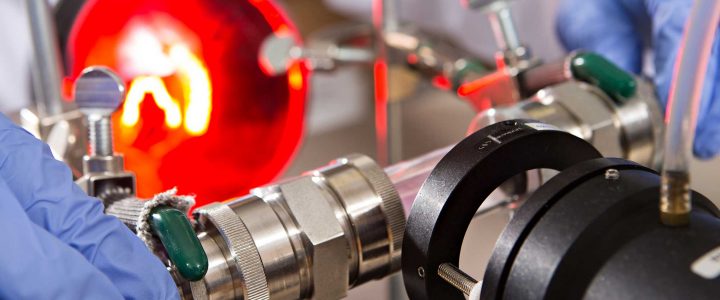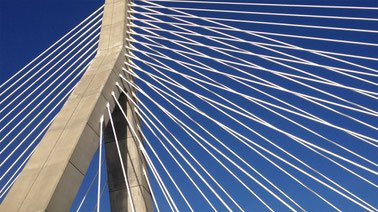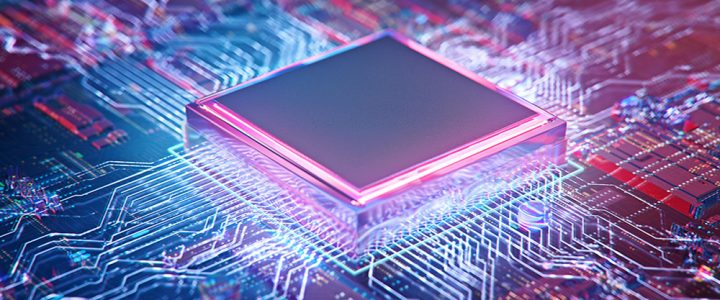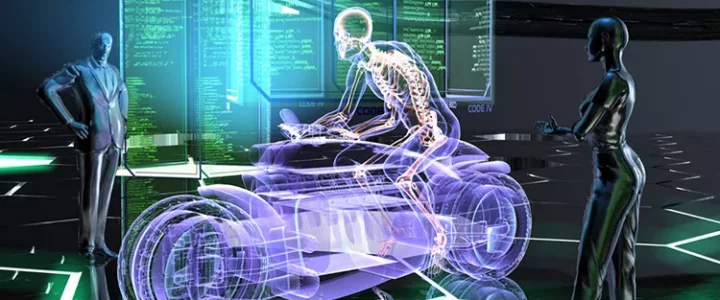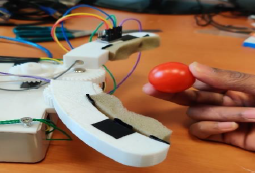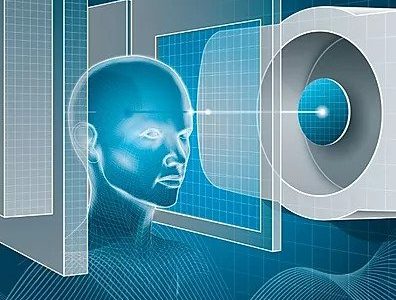| 1 YEAR | II semester | 6 CFU |
| Michela GELFUSA | A.Y. 2021-22 (by Engineering Sciences)
A.Y. 2024-25 (last year) |
| Code: 80300063 SSD: ING-IND/10 (by Engineering Sciences) |
- Prerequisites: Knowledge of basic notions from physics courses, above all physical quantities, units of measurement, fundamental laws of mechanics, optics and electromagnetism.
- Objectives:
- LEARNING OUTCOMES: The course aims to provide students with the basic principles, physical laws, and applications of thermodynamics and heat transfer, with the dual purpose of preparing them to afford more applicative courses, and use the acquired knowledge for design and sizing simple components and thermal systems.
- KNOWLEDGE AND UNDERSTANDING: Students will have to understand the laws of applied thermodynamics and heat transfer, and understand the structure and operation of simplest components and systems. They will also demonstrate that they have acquired the basic methodologies for verifying and designing the studied devices.
- APPLYING KNOWLEDGE AND UNDERSTANDING: Students should be able to size and/or verify simple components and systems, such as, for example engine systems.
- MAKING JUDGEMENTS: Students will have to acquire the autonomous ability to face subsequent studies for which this course is preparatory, and to draw up simple projects of thermal systems that use the components studied. They will also have to be able to evaluate projects drawn up by other parties, checking that the project specifications are respected. COMMUNICATION SKILLS: Students must be able to illustrate in a complete and exhaustive way the acquired information, the results of their study and of their project activity, also through the normally used means of communication (discussion of the results obtained, report on the performed activity, Power Point presentations, etc.).
- LEARNING SKILLS: Students must be able to apply the physical laws underlying the studied phenomena, and to face further studies that use the acquired knowledge. They will have to be able to expand the already owned information through the analysis of technical-scientific literature, and to modify their curricula choosing future knowledge to be acquired on the base of their knowledge and tendency.
 UNIVERSITA' DEGLI STUDI ROMA "TOR VERGATA"
UNIVERSITA' DEGLI STUDI ROMA "TOR VERGATA"